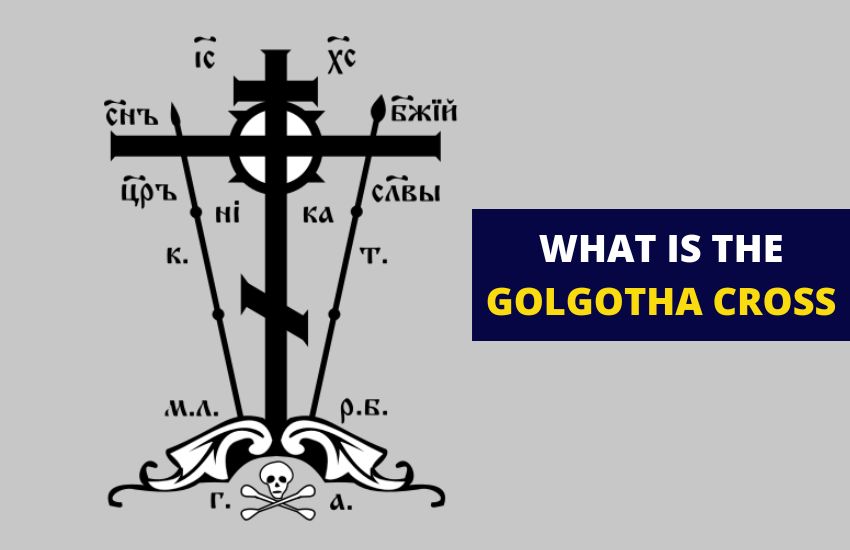
Table of Contents
From its origins in ancient Rome to its place in modern Christian worship, the Golgotha cross (also known as the crucifixion cross) is a powerful symbol that has inspired millions of people around the world.
It represents the crucifixion of Jesus Christ, a pivotal moment in Christian theology. But what is the significance of this particular style of the cross? Why has it become so iconic?
In this article, we’ll explore the history and symbolism of the Golgotha cross, and delve into the deeper meanings behind this enduring symbol of faith. Let’s unpack the rich history and meaning of this enduring symbol of faith.
What is the Golgotha cross?
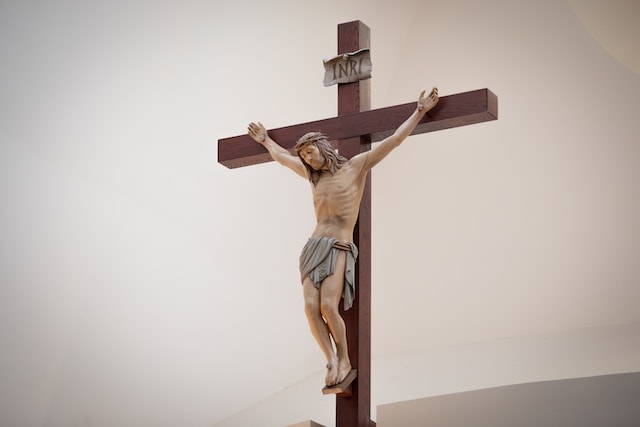
The Golgotha cross is a fascinating and intricate symbol of Christianity, steeped in history and meaning. Its name comes from the hill upon which Jesus was crucified, where Adam, the first man, is believed to be buried.
This adds a layer of symbolism to the cross, as it represents the new Adam, Jesus Christ, coming to cleanse the sins of the first Adam through his death. The cross itself features a Byzantine or modern Orthodox design with multiple horizontal crossbeams and a slanted footrest beam.
Inscriptions on the cross include the abbreviation of “Jesus of Nazareth, King of the Jews,” as well as various symbols in Greek or Slavonic, such as “Mother of God” and “Conquer.”
While the complexity of the design makes the Golgotha cross a rare sight, its intricate symbolism continues to inspire and connect believers around the world.
History and Origin of the Golgotha Cross
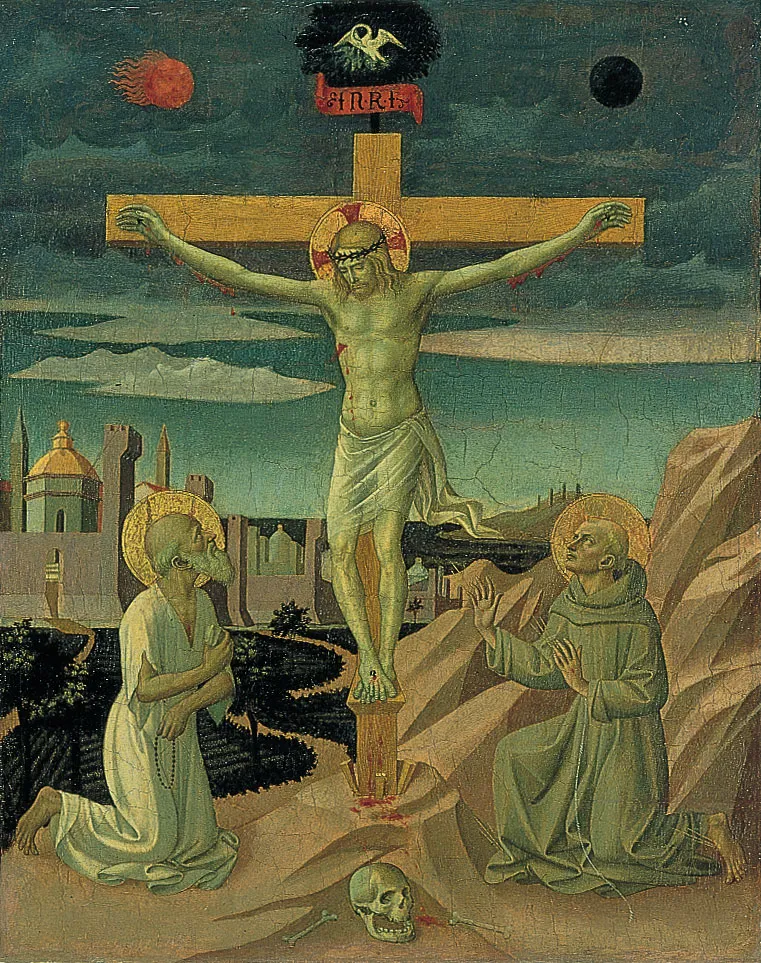
The origin of the Golgotha cross can be traced back to the early centuries of Christianity when the cross was used as a symbol of faith and salvation.
The specific design of the Golgotha cross, with its unique features including the second horizontal crossbeam with the inscription and the slanted footrest, is believed to have evolved over time through various cultural and artistic influences.
It was eventually embraced by the Eastern Orthodox Church and has become an important symbol of the Christian faith.
Symbolism of the Golgotha Cross
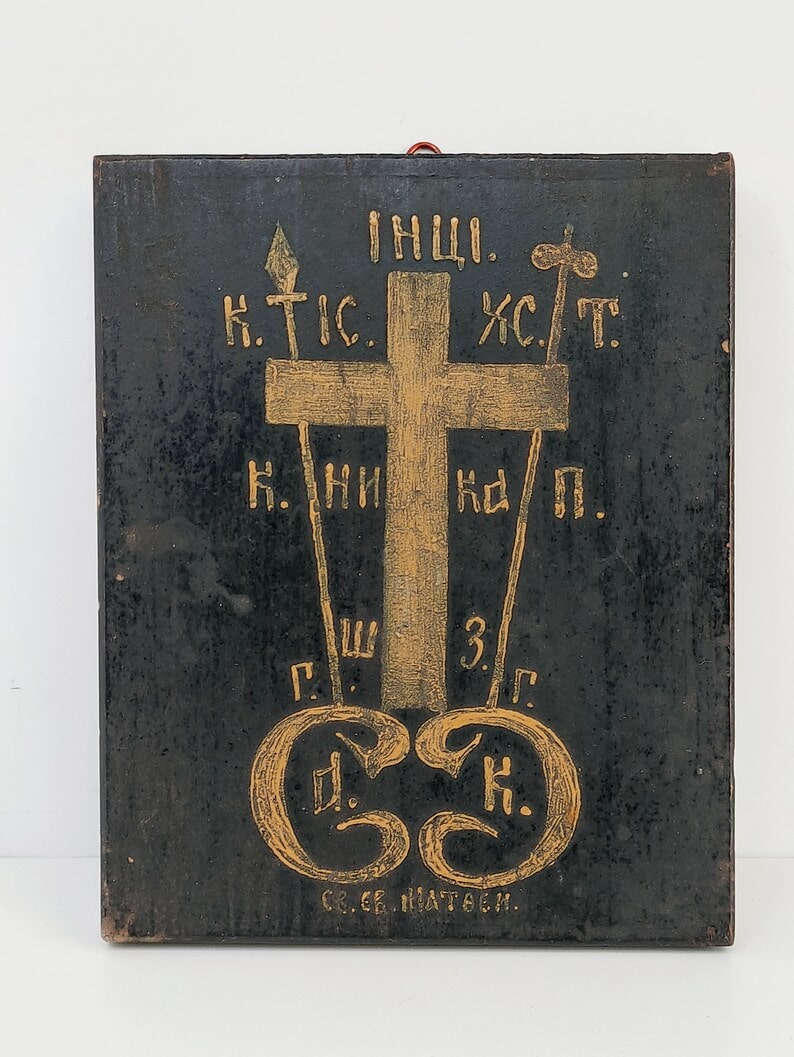
The symbolism of the Golgotha cross is multifaceted. Firstly, the name “Golgotha” meaning “place of the skull” refers to the belief that the cross was erected on the burial place of Adam, the first man.
This is significant because it represents Jesus as the “new Adam” who came to cleanse the sins of the first Adam through his death on the cross. The single skull beneath the hill on the Golgotha cross symbolizes Adam’s skull.
The design of the Golgotha cross is also rich in symbolism. It features a Byzantine or modern Orthodox cross with a second horizontal crossbeam at the top on which the words “Jesus of Nazareth, King of the Jews” are written. This represents the political charge against Jesus, but also his sovereignty as the king. The third slanted crossbeam near the bottom symbolizes the footrest beneath Christ’s feet during his crucifixion.
On both sides of the cross are a series of symbols, typically in Greek or Slavonic. These symbols include “ΜΡ ΘΥ” (Mother of God in Greek), “NIKA” (Conquer), “IC XC” (Jesus Christ’s name), and others. However, these symbols are complex and difficult to decipher, which is why the Golgotha cross is so rarely seen.
Overall, the Golgotha cross represents the sacrifice of Jesus Christ for the redemption of humanity and the triumph of love and hope over despair and death.
Modern Use of the Golgotha Cross
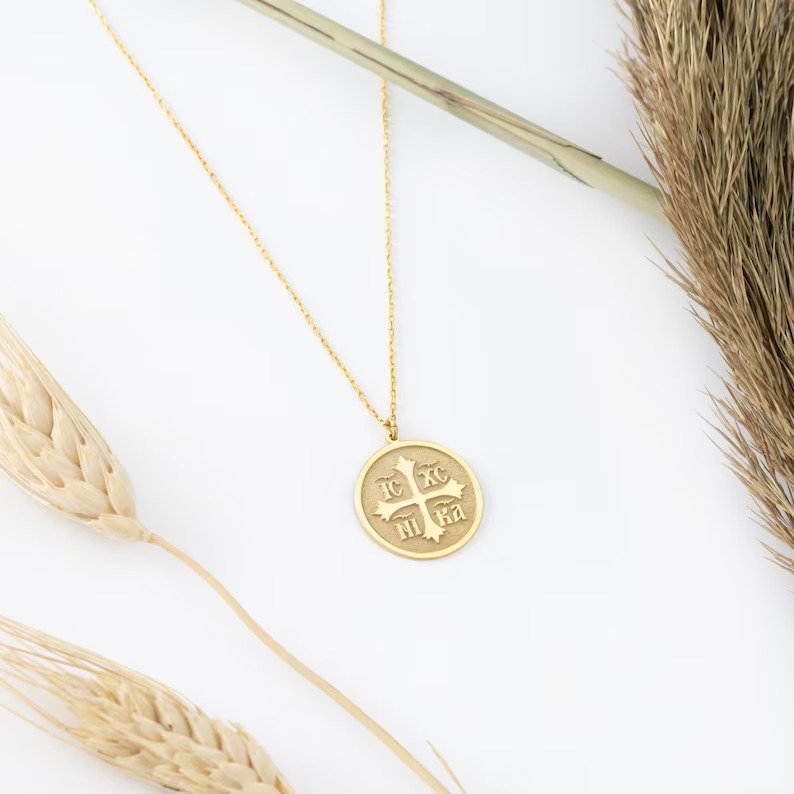
The Golgotha cross has maintained its significance in modern times, particularly in Christian art and jewelry. Many people choose to wear a Golgotha cross necklace or other forms of jewelry as a symbol of their faith and devotion. It’s also a popular design for tattoos, often chosen by those who want to express their spirituality in a permanent way.
The design of the Golgotha cross has also been incorporated into various church decorations, such as altar cloths, stained glass windows, and wall hangings. In some churches, a Golgotha cross is prominently displayed near the altar or pulpit.
Additionally, the Golgotha cross is often used in religious processions and during Holy Week celebrations, as it serves as a reminder of the ultimate sacrifice made by Jesus Christ for the redemption of humanity.
It’s a powerful symbol of faith, sacrifice, and redemption, and its use in modern times serves to honor its rich history and importance in the Christian tradition.
Religious and Cultural Significance of the Golgotha Cross
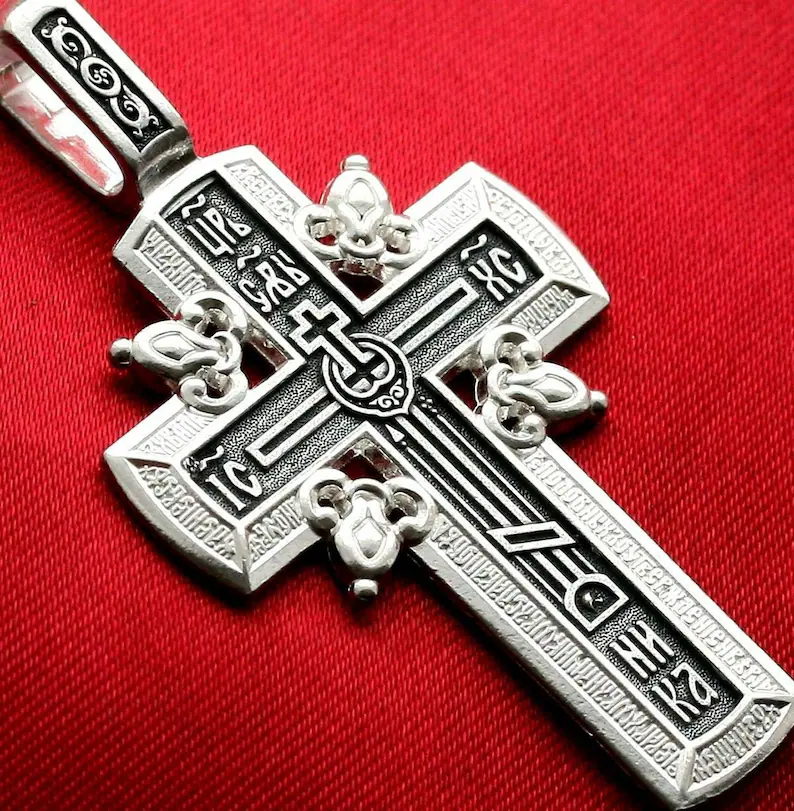
It’s a symbol of the ultimate sacrifice made by Jesus Christ, who gave his life to redeem humanity’s sins.
The Golgotha cross is also an important symbol of the Orthodox Church, which uses it as a focal point in religious ceremonies and processions. In many countries, such as Greece, Russia, and Serbia, the Golgotha cross is an integral part of the country’s cultural heritage and identity. It appears on national flags, coats of arms, and other national symbols.
Beyond its religious and cultural significance, the Golgotha cross has also inspired countless works of art and literature throughout history. It has been depicted in paintings, sculptures, and other forms of visual art, as well as in literature, music, and film.
FAQs about the Golgotha Cross
The Golgotha cross is a symbol of Christianity that features a unique design with a skull and crossbones beneath the crossbar.
The name “Golgotha” means “place of the skull” in Latin, and refers to the location where Christ was crucified.
The Golgotha cross symbolizes Jesus Christ’s sacrifice for humanity, as well as the cleansing of sins through his death.
The skull beneath the Golgotha cross symbolizes Adam, the first man, and represents Jesus as the “new Adam” coming to cleanse the sins of the first Adam.
The core design of the Golgotha cross is a Byzantine or modern Orthodox cross, which features a second horizontal crossbeam at the top with the inscription “Jesus of Nazareth, King of the Jews” on it.
The third crossbeam on the Golgotha cross is meant to symbolize the footrest beneath Christ’s feet during his crucifixion.
Common symbols found on the Golgotha cross include “ΜΡ ΘΥ” (“Mother of God” in Greek), “NIKA” (“Conquer”), and “IC XC” (Jesus Christ’s name).
The Golgotha cross is rarely seen due to its complex design and the difficulty of using it.
Wrapping Up
The Golgotha cross is a symbol of the sacrifice and redemption of Jesus Christ, as well as the connection between humanity and Adam, the first man. Its intricate design and symbolism continue to inspire and fascinate people around the world. Whether as a religious object or a work of art, the Golgotha cross remains a powerful and significant symbol in today’s society.








